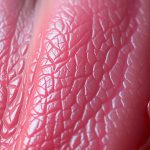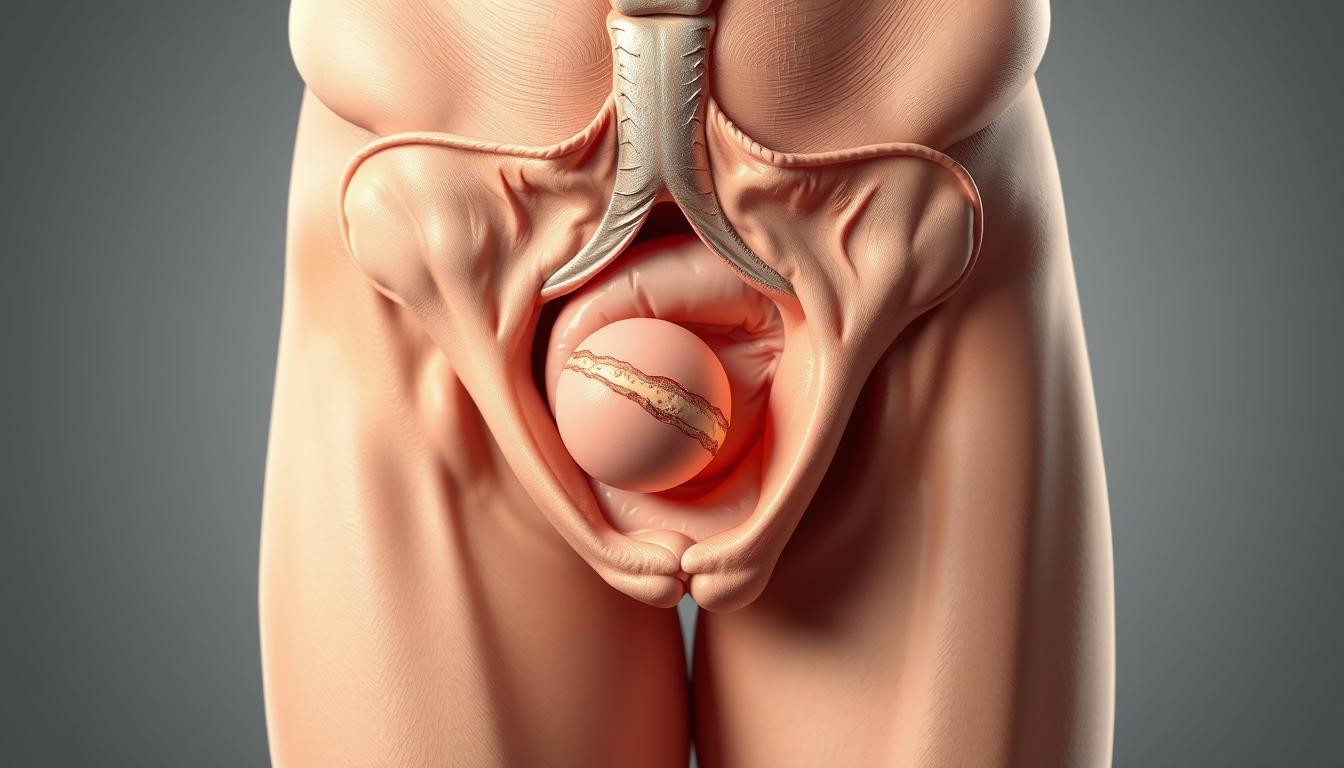As curious individuals, we often wonder about the intricacies of sperm biology and its behavior in various environments. One common question that arises is: Does sperm die when it hits the air? In this article, we’ll delve into the science behind sperm survival, exploring the vital components of these microscopic cells, their function in different settings, and the factors that impact their lifespan outside the body.
Understanding the complex structure and composition of sperm cells is the key to unraveling the mysteries of their survival. From the protective seminal fluid that surrounds them to the intricate mechanisms that enable them to function, we’ll gain a comprehensive understanding of how these remarkable cells operate in diverse environments. By exploring the role of temperature, humidity, and time duration, we’ll shed light on the factors that can influence sperm viability and longevity when exposed to the air.
Through this exploration, we’ll dispel common myths and uncover the scientific realities surrounding the lifespan of sperm cells. Whether you’re a curious individual or someone seeking to better understand the dynamics of sperm biology, this article will provide you with valuable insights that will enhance your knowledge and challenge your preconceptions.
Understanding Sperm Cell Structure and Composition
When it comes to understanding sperm cell survival outside the body, it’s essential to delve into the intricate structure and composition of these crucial reproductive cells. Sperm cells are highly specialized, with a unique architecture designed to fulfill their vital function.
The Vital Components of Sperm Cells
At the core of a sperm cell is the nucleus, which houses the male genetic material. Surrounding the nucleus is the acrosome, a specialized structure that plays a crucial role in the fertilization process. The middle piece, or midpiece, contains mitochondria, the “powerhouses” that provide the energy needed for the sperm’s movement. Finally, the tail, or flagellum, propels the sperm cell with its whip-like motion, guiding it towards the egg.
How Sperm Cells Function in Different Environments
Sperm cells are remarkably adaptable, capable of functioning in a variety of environments. Inside the male reproductive system, they thrive in the warm, nutrient-rich environment of the seminal fluid. However, once ejaculated, sperm cells must navigate the often-hostile conditions outside the body, where factors such as temperature, humidity, and time duration can impact their survival and performance.
The Role of Seminal Fluid in Sperm Protection
Seminal fluid, the liquid component of semen, plays a crucial role in protecting and supporting sperm cells. This fluid contains a complex mixture of proteins, enzymes, and other compounds that help to nourish and shield the sperm from harmful environmental factors. By understanding the composition and function of seminal fluid, we can gain valuable insights into how sperm cells are able to survive and thrive both inside and outside the body.
| Sperm Cell Component | Function |
|---|---|
| Nucleus | Houses the male genetic material |
| Acrosome | Plays a crucial role in the fertilization process |
| Midpiece | Contains mitochondria that provide energy for movement |
| Flagellum | Propels the sperm cell with its whip-like motion |
| Seminal Fluid | Nourishes and protects sperm cells from environmental factors |

“Understanding the intricate structure and composition of sperm cells is key to comprehending their remarkable ability to survive in diverse environments.”
Factors Affecting Sperm Survival Outside the Body
When it comes to the survival of sperm cells outside the body, various factors come into play. We’ll delve into the intricate details of how temperature, humidity, and time duration can impact the viability of these vital reproductive cells.
Temperature Impact on Sperm Viability
The temperature of the environment plays a crucial role in maintaining sperm health. Optimal sperm function typically occurs at a slightly lower temperature than the body’s core temperature. Exposure to extreme temperatures, whether hot or cold, can have a detrimental effect on sperm motility and longevity.
Humidity and Environmental Conditions
Alongside temperature, the humidity levels in the surrounding environment can also influence sperm survival. Maintaining the right balance of moisture is essential, as both dry and overly humid conditions can hamper the sperm’s ability to thrive. Additionally, exposure to toxins, chemicals, or other pollutants in the air can further compromise sperm integrity.
Time Duration and Sperm Life Span
The duration for which sperm remain outside the body is a crucial factor in determining their survival. Generally, sperm can maintain their viability for a limited period before their functionality starts to decline. Understanding this time frame is crucial for ensuring the best possible outcomes in various reproductive scenarios.









